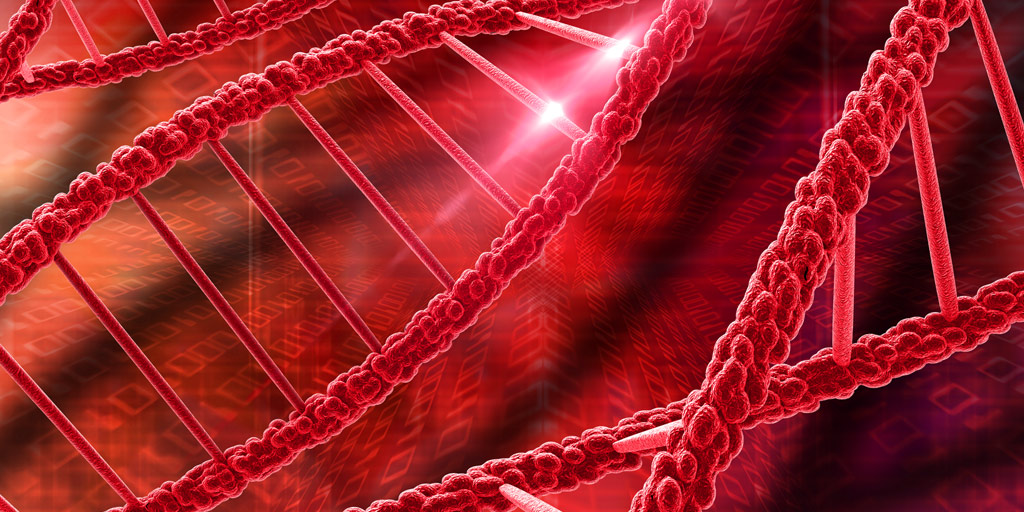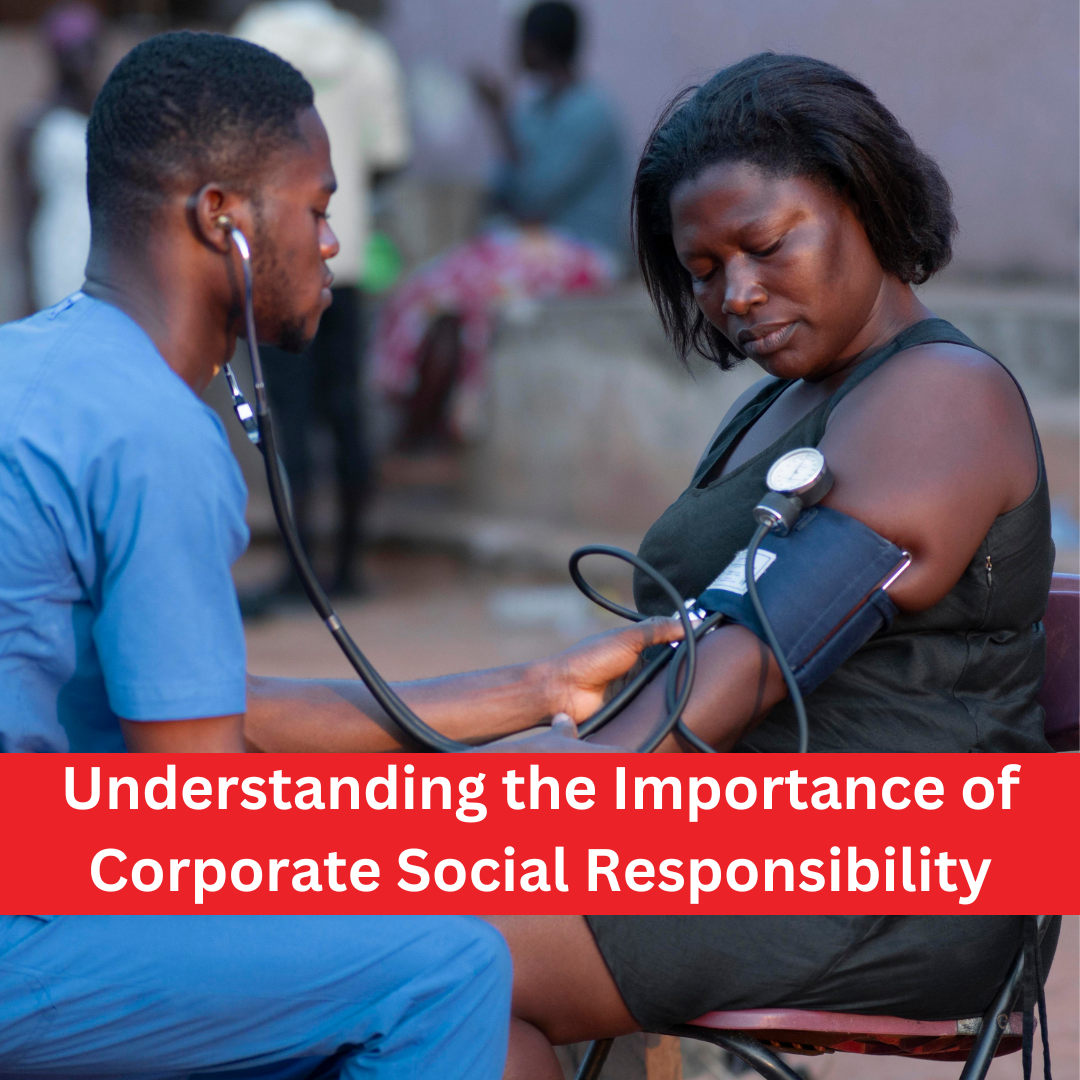No two human beings are the same. People could bear some form of resemblance, look-alike, act the same, perhaps talk the same, but in reality, no two people are absolutely identical.
The genotype is the biological coding that ensures this specificity, uniqueness, and individuality. The DNA ( Deoxyribonucleic Acid ) contains the instruction manual that guides the formation of our genetic as well as physical traits.
Intending couples should know and share information about each other’s blood genotype and blood group as this can serve as an important forecasting guide for offspring’s genotype, quality of life & overall health.
What is Blood Genotype?
A blood genotype indicates the genetic makeup of an individual’s blood in its entirety.
Typically, there are five (5) distinct types of blood genotype. They are AA, AS, AC, SS, and SC. While the first 2 pairs (AA & AS) are normal, AC is rare and the latter two (SS, SC) are irregular and anomalous, commonly causing sickle cell disease. Sickle cell disease occurs when an individual’s blood cells are shaped in a deformed and abnormal manner, potentially blocking blood flow, causing pain and damage to vital organs.
Normally, the red blood cells are round and flexible and can move easily through blood vessels, however, in sickle cell disease, the red blood cells are shaped like sickles. These rigid, sticky sickled cells can get stuck in small blood vessels thereby slowing (or blocking) blood flow and oxygen supply to parts of the body.
How Can Knowing Your Blood Genotype Improve Your Quality of Life?
Blood genotype (yours & that of your partner) is a key component to consider before making the decision on a life partner. It is key because a father and mothers genotype ultimately crosses to determine that of the offspring. Equipping yourself with the right information about genotype compatibility will help you make the best quality of life decision(s) where marriage & conception is concerned. This can help you avert the devastating effects that can ensue from sickle cell disease and by extension improve your quality of life.
What Blood Genotypes Are Compatible?
The AA genotype has the best compatibility ratio. An individual with the AA genotype can choose a life partner from virtually all other genotype categories with an extremely minimal possibility of sickle-celled offspring. Some research also shows that while the AA genotype is the best in terms of compatibility, it is also the most susceptible to malaria. So if you have the AA blood genotype, it is advisable that you minimize your exposure to mosquitoes and take other malaria prevention strategies seriously.
The AS genotype is best compatible with the AA. A genotypic pairing of AS with AS or AS with AC poses an increased chance of sickle-celled offspring. Similarly, a pairing between AS and SS or the AC and SS is equally as risky and ill-advised, while a pairing of two sickle-celled individuals will almost certainly result in sickle-celled offspring.
AA + AA = AA, AA, AA, AA (Excellent)
AA + AS = AA, AS, AA, AS, (Good)
AA + SS = AS, AS, AS, AS, (Fair)
AA + AC = AA, AA, AA, AC. (Good)
AS + AS = AA, AS, AS, SS, (Very Bad)
AS + SS = AS, SS, SS, SS, (Very Bad)
AS + AC = AA, AC, AS,SS. (Bad; Advice needed)
SS + SS = SS, SS, SS, SS, (Very Bad)
AC + SS = AS, AS, SS, SS, (Very Bad)
AC + AC = AA, AC, AC, SS. ( Bad; Advice needed)
Is There A Cure For Abnormal Blood Genotypes?
Until the early 1980s, sickle cell disease was thought to be debilitating and incurable. Recent research however reveals that specialized bone marrow or stem cell transplants can be used to cure the ailment. A bone marrow transplant is the only known cure for sickle cell disease. It involves replacing the abnormal stem cells residing in the one marrow with healthy cells from an eligible donor (usually a brother or sister). The risks involved in this procedure are however high and as such the procedure is rarely performed, especially in third world countries.
See also: Diabetes
What Are Blood Groups?
One’s blood group is a function of heredity. This means that it is passed down from parents to offspring. It generally refers to the entirety of antibodies (the body’s natural defense), antigens (substances that cause the immune system to produce antibodies against it), and other molecules present on the surface of the Red Blood Cells.
Currently, over 35 blood groups have been recognized by the ISBT (International Society of Blood Transfusion), however, only 4 remain common. They are the:
- Blood group A
- Blood group B
- Blood group AB
- Blood group O
In some rare situations, red blood cells may possess a unique substance known as Rhesus Factor (Rh factor), which is also referred to as the RhD antigen. Where a red blood cell tests positive for RhD, it simply means the antigen is present. Conversely, when it tests negative for RhD, it means the antigen is absent.
Why it’s Important to Know Your Blood Group Compatibility
Proper knowledge of your blood group is needed before you undergo any sort of blood transfusion. The blood group of the donor must first be identified to establish compatibility with the blood group of the recipient. If this process is not carefully and judiciously taken, complications can arise from the simplest of blood transfusions which could turn an ordinarily harmless procedure fatal.
For instance, a Type A blood group has some Type B antibodies which occur naturally. In the case that a Type A recipient is transfused with blood from a Type B donor, the anti-Type B antibodies will cause intravenous agglutination of the Type A recipient’s blood.
Conversely, a Type B recipient who is transfused with blood from a Type A donor will agglutinate intravenously as a result of Type A antibodies in the Type B red blood cell.
Below is a table detailing blood group compatibility.
| Recipient’s Blood Group | Compatible Red Cell Types | Compatible Plasma Types |
| A+ | O-,O+,A-,A+ | O-,O+,AB-,AB+ |
| A- | O-,A- | O-,O+,AB-,AB+ |
| AB+ | O-,O+,A-,A+,B-B+,AB-,AB+ | AB-,AB+ |
| AB- | O-,A-,B-,AB- | AB-,AB+ |
| B+ | O-,O+,B-,B+ | B-,B+,AB-,AB+ |
| B- | O-, B- | B-,B+,AB-,AB+ |
| O+ | O-, O+ | O-, O+, AB-, AB+ |
| O- | O- | O-,O+,AB-,AB+,A-,A+B+,B- |
To schedule a test or learn more about your genotype and blood group, contact us.







No Comments